9 April 2012: Beggars are now part of urban streets in many countries in Europe, Africa, India, Bangladesh, and others. The passer-by is mistaken that they are willingly begging due the difficult financial conditions at their home, so giving them loose change would help provide for basic necessities at their homes.
But the story is very different, children are trafficked from their villages and are forced to beg on the urban streets.1 According to Iveta Cherneva, author of “Trafficking for Begging: Old Game, New Name”. The children and elderly women begging on the street are often forced beggars – victims of human trafficking. For their destination, traffickers chose high wealth concentration cities. There is a physical archetype that traffickers follow when choosing beggars. Often they chose children with handicaps’, explains the author. In a number of reported cases cited in the study traffickers hurt and mutilate beggars on purpose. By maiming and deforming them they create more revenue. A handicapped child earns three times more than a healthy child.
A survey by the Stop Child Begging Project in Thailand found that disabled children earn as much as 1000 baht a day, as opposed to a healthy child beggar who earns 300 baht a day. ‘An ugly industry is quietly sitting on the pavement and we don’t even notice it’, explains Iveta Cherneva. ‘The revenues from this illegal activity are huge’, she adds.
According to Anti-Slavery International and Human Rights Watch report2 “Off the Backs of the Children” in Senegal estimated 50,000 children forced to beg each day on the country’s streets. Known in Senegal as talibés, these children are sent by their parents to a daara, or Quranic school, to receive a Quranic education under a marabout, or spiritual guide. While many marabouts in Senegal continue the traditional practice of teaching their students the Quran, others have twisted the practice into a form of economic exploitation. Boys who fail to bring back the demanded sum often face physical abuse, including in some cases severe beatings or being chained or bound and left in isolation. Much of the money these boys bring back goes to the personal profit of their marabout, rather than to ensuring adequate food and health care, and a proper Islamic education for the children.
Kailash Satyarthi, Chairperson of Global March Against Child Labour quoting the international framework explains “This is the ugly, dehumanising and criminal aspect of exploitation. Child begging is not only one of the worst forms of child labour, but one of the worst violations of a child’s right and absolutely against the dignity of a child. Beggary is slavery and forced labour, children and adults are trafficked from poor areas to big cities and are forced to roam the streets and beg. All the state authorities, civil society and the community, in particular the law enforcement agencies must act in a coordinated manner to prevent this crime, protect the victims and prosecute the culprits.”
Child begging violates the basic human rights and protection framework of UN Convention on Right of Child (1989). Beggary fits into ILO Convention No.182 on the Worst Forms of Child Labour (1999), as an outcome of illicit human trafficking and is one work that is hazardous physically, emotionally, morally and intellectually to the child’s well-being.
Futhermore, the UN Supplementary Convention on the Abolition of Slavery, the Slave Trade, and Institutions and Practices Similar to Slavery (1956) also defines forced begging as one of the forms of forced labour which is also supported by ILO Convention No. 29 concerning forced labour or compulsory labour (1930). Under the UN Protocol to Prevent, Suppress and Punish Trafficking in Persons, especially Women and Children (2000), children (under 18 years old) who are moved from one location to another for the purposes of exploitation are considered to be trafficked whether or not they “agreed” to the exploitation (Article 3(a)-(c)).
Child begging is very clearly part of the organised crime and mafia which benefits from this lucrative business of exploitation and mutilation. As with organised crime and the deep roots it has there are very few prosecutions against traffickers who bring children and force them to beg. However, there have been some good practices, where there government’s strict enforcement of the law have supported victim protection for e.g., according to US Trafficking in Persons Report3 (2011), the Government of Bosnia demonstrated sustained law enforcement and victim protection efforts, and set a leading example in a forced begging case in 2010.
——————————————————–
1 http://www.traffickingproject.org/2011/03/human-trafficking-for-begging-…
2 http://www.hrw.org/news/2012/03/31/senegal-protect-children-forced-begging
